Healing with Essential Oils: The Antiviral, Restorative, and Life-Enhancing Properties of 58 Plants
Original price was: $24.99.$21.90Current price is: $21.90.



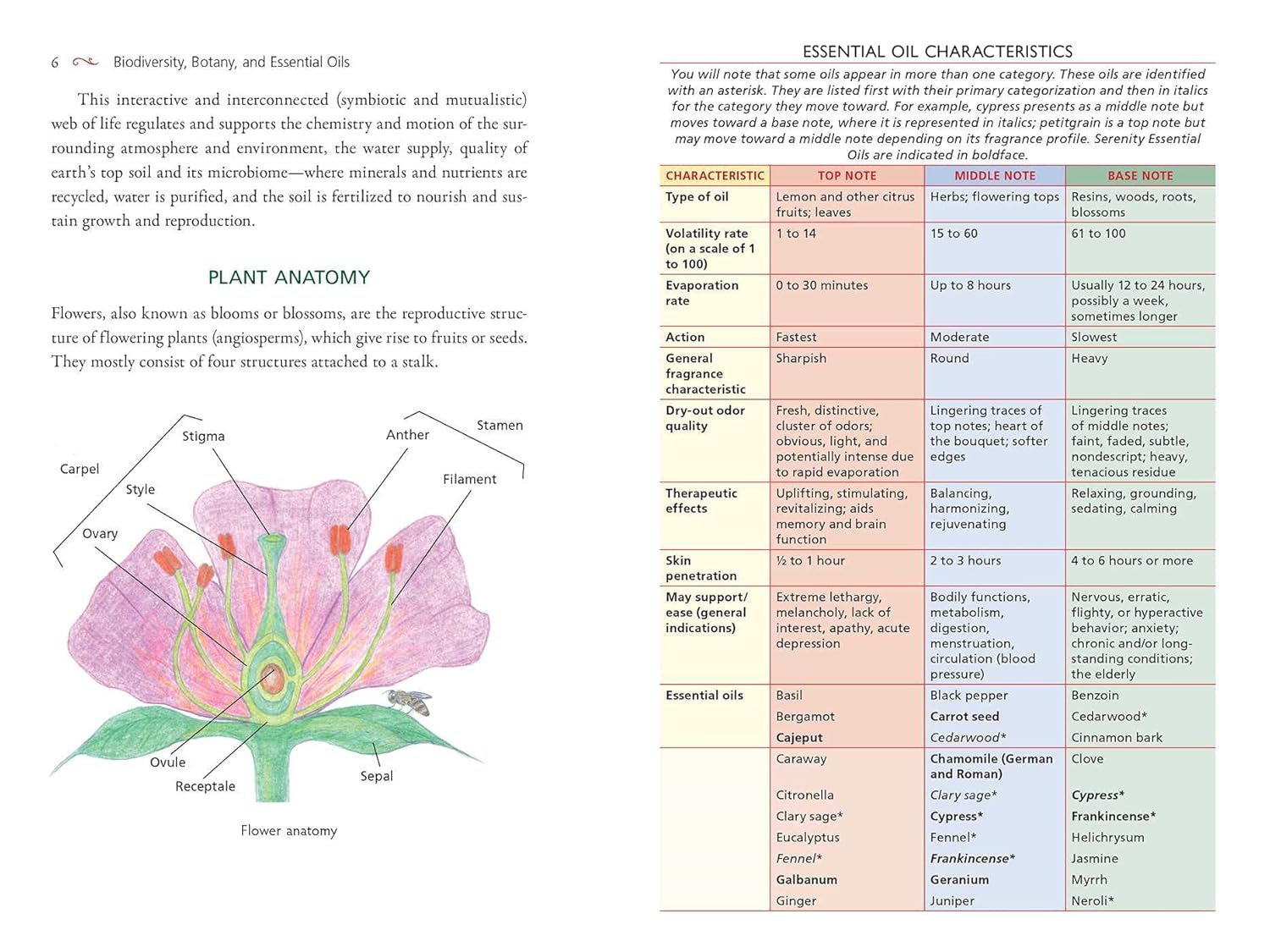
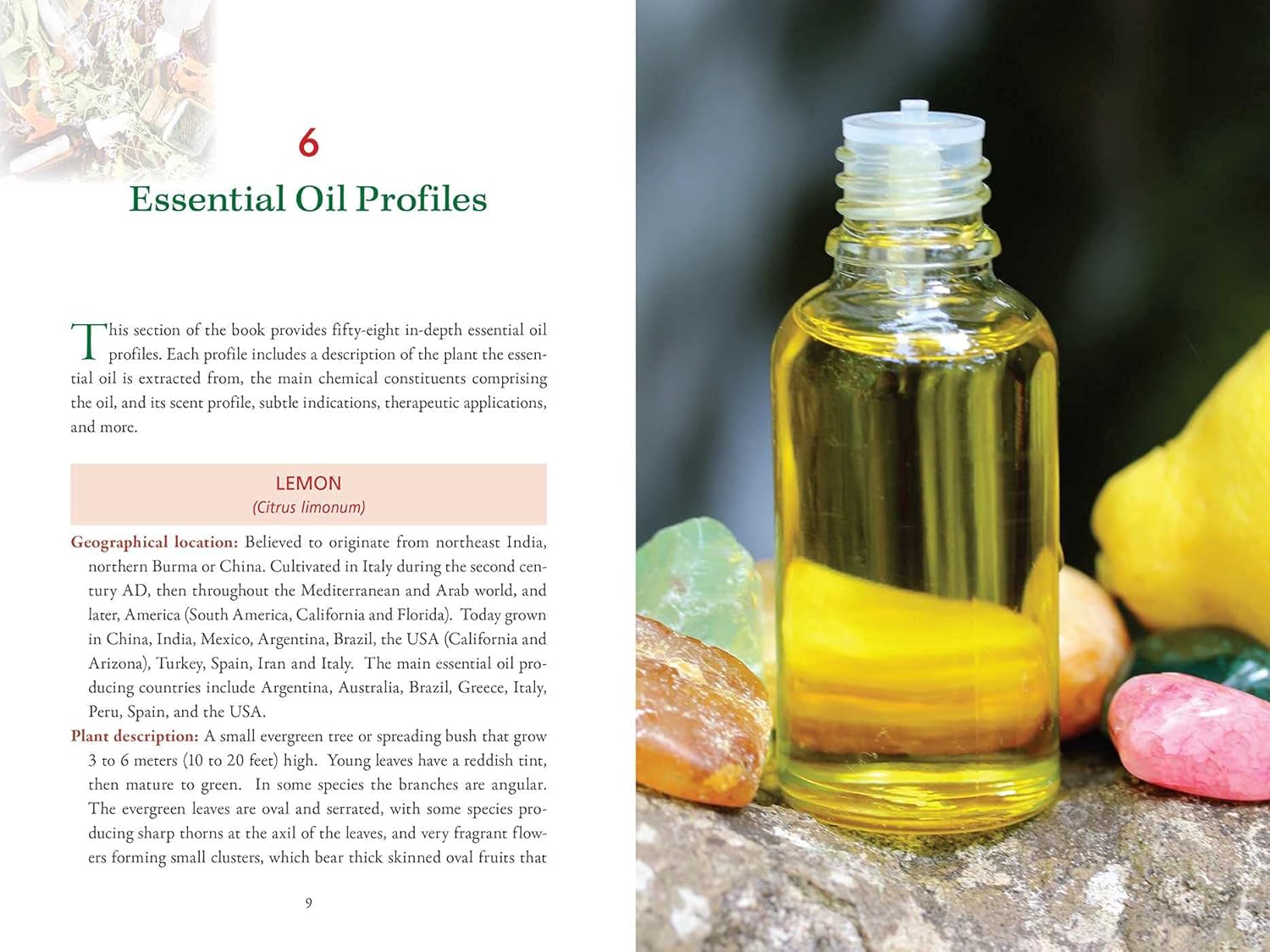
Price: $24.99 - $21.90
(as of Nov 29, 2024 18:08:00 UTC – Details)
Explores the journey of essential oils from living plant to bottle, as well as how to apply them in your own life for healing and balance
• Explains what an essential oil is and examines the botany of how they evolved and the various roles they play, from protecting the plant to aiding its propagation
• Provides in-depth profiles for 58 common essential oils, identifying the phytochemicals that contribute to each oil’s scent and healing qualities and its therapeutic applications, with an emphasis on antimicrobial and antiviral properties
• Discusses the healthiest and safest ways to use essential oils for self-care and the safe and appropriate use of essential oils for children, the elderly, and those with compromised immune systems
Exploring the journey of essential oils from living plant to bottle, as well as how to apply them in your own life for healing and balance, Heather Dawn Godfrey explains what an essential oil is and examines the botany of how they evolved and the various roles they play–from protecting the plant to aiding its propagation. She presents an easy-to-understand introduction to essential oil chemistry, detailing how essential oils are collected through various methods of extraction to preserve their healing properties. She then explores the healthiest and safest ways to use essential oils for self-care, including guidelines for children and the elderly as well as individuals with compromised immune systems.
The author provides in-depth individual profiles for 58 common essential oils. Each profile includes a description of the plant the essential oil is extracted from, the phytochemicals and terpenes that comprise the essential oil, and the oil’s aromatherapeutic applications. Godfrey explains how each chemical contributes to the essential oil’s overall scent profile and therapeutic qualities, with particular focus on its antimicrobial, antiviral, restorative, and life-enhancing properties. She also details their subtle energetic properties, including their connections to the chakras and elements.
Presenting an accessible yet scientifically based guide to healing with essential oils, this book provides a must-have reference for those who use essential oils at home, for health and well-being practitioners, for scent artists and blend creators, or for anyone wanting to explore the dynamic qualities of essential oils for themselves.
From the Publisher
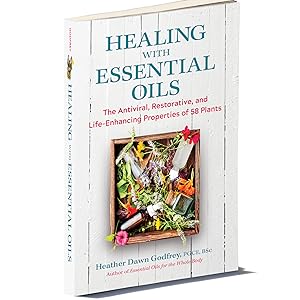

Healing with Essential Oils
This book, Healing with Essential Oils, dives even deeper, describing and contextualizing the journey of essential oils, from their creation within the plant to the “scentual” substance in the bottle. Comprehending the botanical context of a plant—i.e., the role its oil plays within the plant and within the plant’s immediate environment—reveals a great deal about the characteristic properties of an essential oil. You will discover in the following pages how essential oils, once extracted from a plant, then express their own unique traits. Essential oils can be used in many different contexts and in a variety of ways—a phenomenon of their versatility. Thus in these pages (and in the other books too) you have at your disposal a valuable map that leads to these abundant plant treasures.
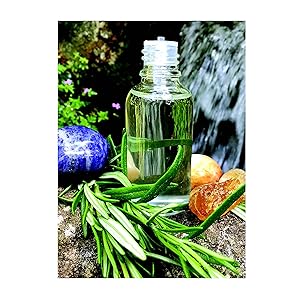

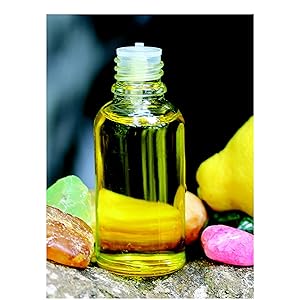

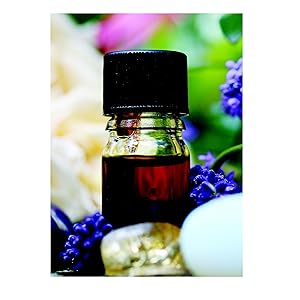

Rosemary (Rosmarinus officinalis)
Geographical location: Native to the Mediterranean and Caucasus, rosemary is also cultivated in China, Morocco, Tunisia, the Middle East, Russia, France, Spain, Portugal, Bosnia, Serbia, Croatia, Montenegro, Macedonia, and the United States.
Extraction method: Steam distillation of the fresh flowering tops or the whole plant (which produces a poorer quality)
Compatible essential oils for blending: Basil, cedar wood, cinnamon and other spice oils, citronella, frankincense, grapefruit, lavender, peppermint, petitgrain, pine, thyme.
General actions: Analgesic, antibacterial, antifungal, anti-infectious, anti-inflammatory, antimicrobial, antiparasitic, antiseptic, antispasmodic, antiviral, astringent, cephalic, cicatrizant, circulatory stimulant, decongestant, diuretic, emmenagogue, expectorant, nervine, vulnerary (wound healing).
Lemon (Citrus limonum)
Geographical location: Believed to have originated in northeast India, northern Burma, or China, lemon was cultivated in Italy during the second century AD, then throughout the Mediterranean and Arab world, and later in North and South America. Today it’s grown in China, India, Mexico, Argentina, Brazil, the United States (California, Arizona, Florida), Turkey, Spain, Iran, and Italy.
Extraction method: Cold expression of the outer peel of the fresh fruit.
Compatible oils for blending: Benzoin, chamomile, eucalyptus, fennel, frankincense, geranium, ginger, juniper, lavender, neroli, petigrain, rose, sandalwood, lemon-scented tea tree, ylang-ylang, other citrus oils.
General actions: Antiarthritic, antifungal, anti-inflammatory, antimicrobial, antiseptic, antispasmodic, antitoxic, antiviral, astringent, bactericidal, cicatrizant, depurative (detoxifying), febrifuge (combats fever), hypotensive, insecticidal, rubefacient (causes skin redness), tonic.
Rose Otto (Rosa x damascena, R. centifolia)
Geographical location: Originally native to Asia and Middle East, it has a long historical association dating back thousands of years in Japan, Morocco, Tunisia, and Iran. The name is derived from “attar of roses” (attar means “fragrance”) and dates back to the seventeenth century.
Extraction method: Water or steam distillation of the fresh petals; labor-intensive to produce (flowers must be hand-picked), with a relatively low yield of essential oil per volume of plant material, rendering the oil is very expensive. For example, 250 pounds (113 kilograms) of petals produce just one ounce of rose otto.
Compatible oils for blending: Benzoin, bergamot, chamomile, clary sage, clove, frankincense, geranium, jasmine, lavender, neroli, palmarosa, patchouli, sandalwood, most other essential oils.
General actions: Analgesic, anti-infectious, anti-inflammatory, antimicrobial, antioxidant, antiseptic, antispasmodic, antiviral, aphrodisiac, astringent, bactericidal, hydrating, skin-healing, tonic.
Examples from the text:
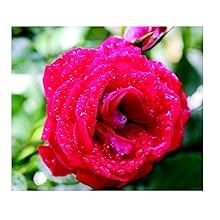

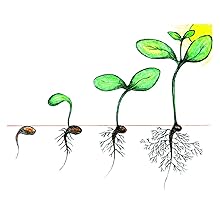

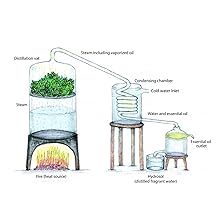

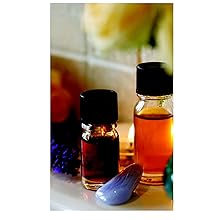

Types of Essential Oil Molecules Found in Various Parts of a Plant and Their Predominant Role
Leaves and Stems: Green-leaf volatiles include alcohols, aldehydes, and esters, with their characteristically green smell of freshly cut grass. These mostly behave defensively and are released into the immediate environment when a plant is attacked by a pathogen or an herbivore (Scala et al. 2013).
Roots: contain high levels of monoterpenes and sesquiterpenes that attract protective bacteria, which in turn support the balance of the roots’ environmental microbiome, aiding nutrient absorption.
Fruits: contain a high proportion of esters that attract fruit-eating herbivores, thus aiding seed dispersion.
Seeds: contain terpinic compounds and phenylprotanoids (cinnamic acids) that defend against microbes and herbivores and also prevent the growth of other plants (allelopathy) when dispersed.
Bark and Wood: Essential oil compounds are found in sticky resins, which protect a tree from insect and pathogenic invasion when its bark is damaged.
Biodiversity, Botany, and Essential Oils
Dicots (Dicotyledoneae)
The largest group of flowering plants is characterized by flowers with floral parts in multiples of four or five, and two cotyledons or embryonic leaves in their seeds, netted or spreading veins, and taproots (one main root from which other smaller roots branch off). There are around 200,000 species within this group. They include:
Asteraceae: chamomile, sunflowers, daisies, dandelions
Rosaceae: rose
Rutaceae: bergamot, petitgrain
Lamiaceae: lavender, patchouli, peppermint
Myrtaceae: cajeput, tea tree, eucalyptus
Examples of other plants found in this group include buttercup, sunflower, bean, oak, daisy, dandelion, peanut, cacti, apple, mango, linseed, pea, potato, tomato, and groundnut.
Methods of Extraction
Water and Steam Distillation Distillation is the most cost-effective and frequently used method of extracting essential oils from plant material. Some small steam-distillation apparatuses include a separate basket-like holding container that fits into a larger holding vat. This basket-like container is filled with plant material (freshly harvested lavender, for example); the external walls of the main holding vat act as a sleeve. Steam is created in an adjacent container and piped with some force into the vat, permeating through the plant material (something like a steamer pan used to steam vegetables). The essential oil-impregnated steam is funneled, cooled, and siphoned off as previously described.
Using Essential Oils
Measurement percentages can seem quite complicated, especially considering that dropper-top sizes vary, and some oils are more viscose than others, which renders absolute accuracy of measurement impossible, making the quantity of essential oil released per drop variable. The normal amount for general adult use:
• 2. drops of essential oil in 5 ml of carrier medium = 2.5% blend (rounded up or down)
• 5 drops of essential oil in 10 ml of carrier medium = 2.5% blend
• 5 drops of essential oil in 5 ml of carrier medium = 5% blend
• 10 drops of essential oil in 10 ml of carrier medium = 5% blend
Publisher : Healing Arts Press (August 2, 2022)
Language : English
Paperback : 352 pages
ISBN-10 : 1644113899
ISBN-13 : 978-1644113899
Item Weight : 2.31 pounds
Dimensions : 6 x 1.1 x 9 inches
1 review for Healing with Essential Oils: The Antiviral, Restorative, and Life-Enhancing Properties of 58 Plants
Add a review

Original price was: $24.99.$21.90Current price is: $21.90.







Sheryl –
Book Healing with Essential Oils
Good informational book. I returned this one because I already had a similar book.